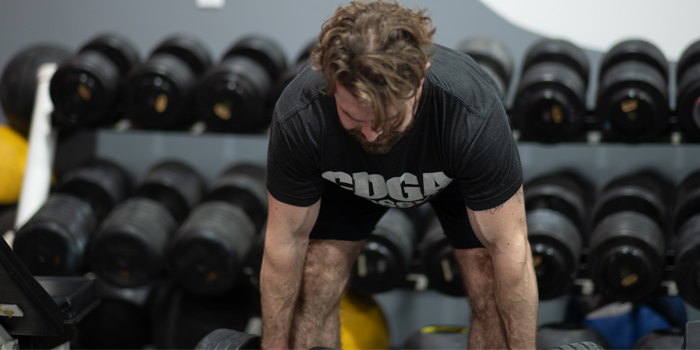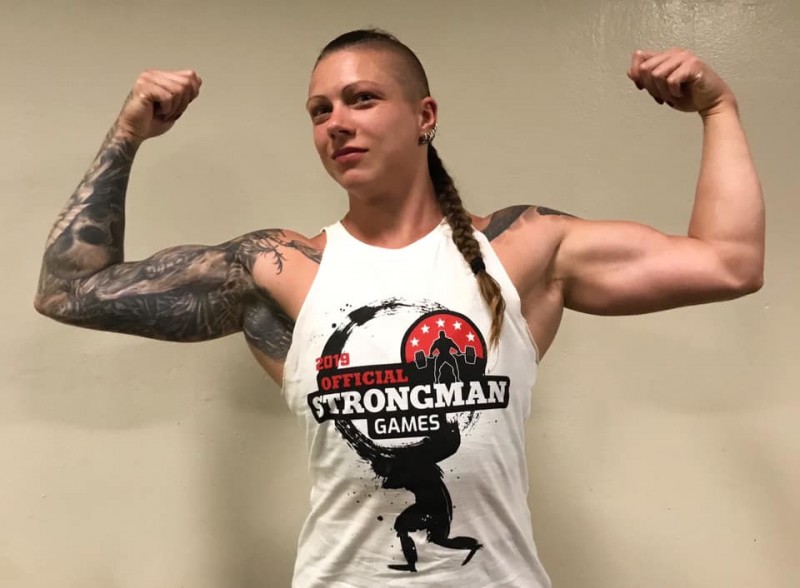
If you think that hard training is all that counts and that you need passive rest from training to train your ass off, you need to think twice. Your body needs circulation to recover, not stagnation, which is the effect of passivity. It might sound strange that you can rest from the gym while you’re still at the gym. With this magical formula, I’ll teach you how it’s done!
It is not news to anyone that you get better at what you’re doing over time. This means that if you work a physically demanding job to pay your bills, your body will adapt to the work you put on it, and soon, the physical work will become your ordinary workday and won’t exhaust you any longer. If you have a physical job, you can handle more work for longer periods of time because your body is used to recovering from it quickly to be prepared for the next work session. People who work at desks or with fewer physical demands, of course, do not have the same endurance. So, we need to develop this same type of endurance from training instead! Most people today have heard about HIT (high-intensity training), which is why I want to introduce to you LIT (low-intensity training).
When you train hard, your immune system goes down temporarily, and with recovery, it will be better than before. But if you train hard all of the time and don’t recover, there is a big chance that you will get a cold, a fever, the flu, etc. If you train at 60 percent or less, on the other hand, you will boost your immune system, which will lead to a faster recovery even from the training you do at 80-100 percent.
MORE: Use a Hand Dynamometer to Measure Your Recovery
It seems that you can reverse the immune system and boost it again through LIT under 60 percent for 20-40 minutes. Many people get this LIT through walking the dog, garden work, chopping wood, you name it! If you don’t get it naturally, though, you need to plan to get it done, and if you want to raise your capacity, you need to put more LIT into your life. In my mind, understanding this principle can cause a big change because you can put a little harder work into those things that don’t demand hard work. For example, if you’re walking your dog at 20-30 percent for 20 minutes, you can raise the tempo and walk a little longer to give your dog more exercise and yourself more LIT. Instead of taking your car to the grocery store, you could take the bus and take a power walk with your grocery bags. In a way, you could say that a person should make his or her everyday life a little bit harder to make it better. If you like to train harder at the gym, you can also put this LIT session into your gym time as well. The sledge pull and push, carrying sandbags, slam balls, the farmer’s walk, the yoke, light tricep work over time, low-intensity battle rope, the rowing machine—you can put together a small WOD (workout of the day) with mixed exercises as you do in CrossFit. Your imagination is your only limit.
One other way of using this principle is to split a hard training session into two smaller training sessions (you will be able to handle a larger volume compared with one session). The first may contain hard work with big exercises, such as the squat, the deadlift, and press variations, and the other session may contain additional small exercises with higher reps. I will provide an example below:
Monday Morning: Max Effort Lower Body
- Box squat below parallel up to 2RM
- Eccentric sumo deadlifts, up fast and then 10 seconds down, 1x10 reps at 50% of 1RM
- Straight leg deadlift, 4x10 reps
- Seated good morning with safety squat bar, 6x6 reps
Monday Evening: Max Effort Lower Body Assistant Exercises
- Dimel deadlift, 4x12 reps
- Seated leg curl with bands, 100 reps in one set or as few sets as possible
- Leg extensions, 3x30 reps
- Calf raises, 4x20 reps
- Ab wheel, 4x10 reps
Tuesday Morning: Max Effort Upper Body
- Ultra-wide bench press with your knees up, up to 3RM
- Floor press with dumbbells, 6x6 reps
- Skull crushers, 6x6 reps
- Seated row with V-grip, 6x6 reps
Tuesday Evening: Max Effort Upper Body Assistance Exercises
- Rowing press, 4x10 reps
- Seated row with wide grip, 100 reps in one set or as few sets as possible
- Lat pull with wide grip, 4x20 reps
- Pull-ups, 3x max reps (mostly to build more biceps to help your upper back)
- Weight plate pinch hold, 3x30 seconds in each hand
This example of the first two days of the week is specific to powerlifting/a strength sport. So, you can use the dog walk for an easier LIT just to boost your immune system and recover more quickly. If you want to train harder and get faster results from your gym training, you can use this second example to get more volume training at the gym and still boost your recovery through training. And no decision needs to be absolute: you can mix your training in this way when time allows and be satisfied with the dog walk example when time doesn’t allow for this more time-consuming way of training.

In this picture above, you can see one of my clients, Bobby Sundberg, when she was the fifth strongest woman in the world. In her programming, I have often used this strategy with two sessions per day: one heavy session in the morning, and assistance exercises in the evening. Last year, she won Sweden’s strongest woman competition, came in third in the Europeans’ strongest woman competition, and ranked fifth in the world’s strongest woman competition.










